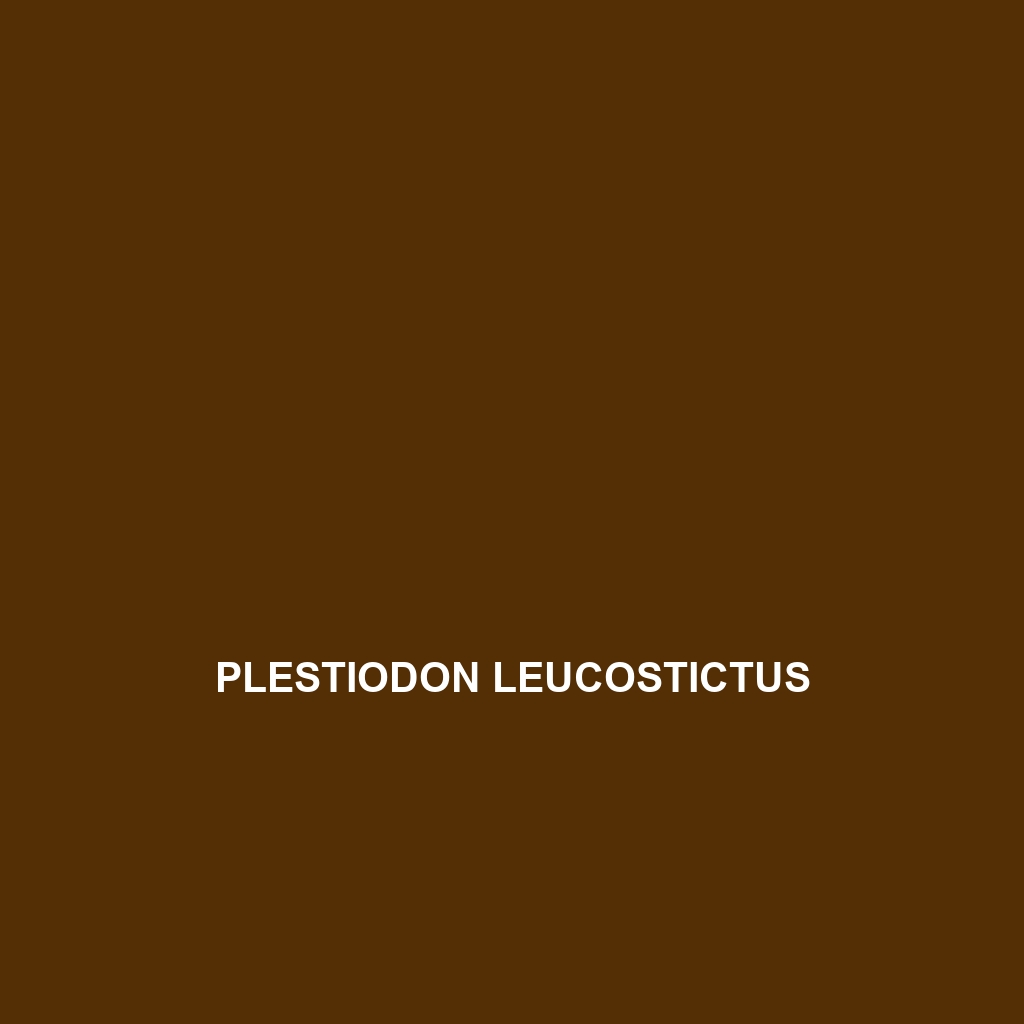Sternotherus odoratus: The Common Musk Turtle Introduction The Sternotherus odoratus, more commonly known as the common musk turtle, is a fascinating species of freshwater turtle native to North America. Often dubbed the stinkpot due to its ability to release a foul-smelling musk as a defense mechanism, this small turtle holds a special place in the […]
Tag: freshwater ecosystems
Staurotypus triporcatus
Staurotypus triporcatus: A Comprehensive Overview Introduction Staurotypus triporcatus, commonly known as the Mexican giant musk turtle, is a fascinating species of freshwater turtle native to the rivers and lakes of Central America. This species belongs to the family Kinosternidae and represents an intriguing member of the turtle community. With their distinct physical characteristics and unique […]
Pseudemys rubriventris
The Pseudemys rubriventris, commonly known as the red-bellied cooter, is a remarkable freshwater turtle found in the southeastern United States, characterized by its vibrant red or orange plastron and a smooth, dark olive-brown carapace. This omnivorous species thrives in warm, slow-moving waters, playing a crucial role in maintaining ecological balance by regulating aquatic plant growth and contributing to nutrient cycling.
Pseudemys concinna
<p><b>Pseudemys concinna</b>, commonly known as the pond slider, is a versatile turtle native to the southeastern United States, thriving in a variety of freshwater habitats. These omnivorous turtles exhibit distinct yellow stripes, can grow up to 12 inches, and play a crucial role in maintaining aquatic ecosystem health.</p>
Podocnemis vogli
<h2>Podocnemis vogli - Overview</h2> <p><b>Podocnemis vogli</b>, also known as the yellow-margined South American turtle, is a vulnerable species native to the freshwater ecosystems of South America, characterized by its smooth, oval-shaped brown carapace and distinctive yellowish underside. These omnivorous turtles thrive in slow-moving rivers and floodplains, playing a crucial role in their ecological habitat by consuming aquatic plants and contributing to biodiversity.</p>
Rena unguirostris
<p><b>Rena unguirostris</b>, commonly known as the African clawed frog, is a vibrant amphibian native to Sub-Saharan Africa, characterized by its flattened body, long hind legs, and claw-like toes. These nocturnal carnivores thrive in humid environments, primarily feeding on aquatic invertebrates and playing a crucial role in their ecosystem as both predator and prey.</p>
Pseudemys rubriventris
The Pseudemys rubriventris, commonly known as the red-bellied cooter, is a remarkable freshwater turtle found in the southeastern United States, characterized by its vibrant red or orange plastron and a smooth, dark olive-brown carapace. This omnivorous species thrives in warm, slow-moving waters, playing a crucial role in maintaining ecological balance by regulating aquatic plant growth and contributing to nutrient cycling.
Pseudemys concinna
<p><b>Pseudemys concinna</b>, commonly known as the pond slider, is a versatile turtle native to the southeastern United States, thriving in a variety of freshwater habitats. These omnivorous turtles exhibit distinct yellow stripes, can grow up to 12 inches, and play a crucial role in maintaining aquatic ecosystem health.</p>
Podocnemis vogli
<h2>Podocnemis vogli - Overview</h2> <p><b>Podocnemis vogli</b>, also known as the yellow-margined South American turtle, is a vulnerable species native to the freshwater ecosystems of South America, characterized by its smooth, oval-shaped brown carapace and distinctive yellowish underside. These omnivorous turtles thrive in slow-moving rivers and floodplains, playing a crucial role in their ecological habitat by consuming aquatic plants and contributing to biodiversity.</p>
Plestiodon latiscutatus
<b>Plestiodon latiscutatus</b>, commonly known as the Broadhead Skink, is a resilient inhabitant of the southeastern United States, thriving in various habitats such as forests and gardens. Recognizable by its robust body and vibrant blue tail, this insectivorous skink plays a crucial role in controlling insect populations while adapting well to human-altered landscapes.









